ABC Reiew 








Slide 2 Slide 3 Slide 4 Slide 5 Slide 6 Slide 7 Slide 8 Slide 9 Slide 10 Previous Next CNET Editors' Rating 4.0 stars Excellent CNET Editors' Rating 4.0 stars Excellent
- Overall rating: 8.3
- Design: 8.0
- Features: 9.0
- Performance: 8.0
$229.99 to $299.83 Review Date: 11/27/12 Average User Rating 4.0 stars 70 user reviews
The good: The fourth-generation Apple iPod Touch, winner of CNET's 2011 Editors' Choice Award for portable media players, has been upgraded with new software and a boost in capacity.
The bad: The fifth-generation iPod Touch offers a larger screen, faster processor, and superior photo and camcorder quality.
The bottom line: The fourth-gen iPod Touch is Apple's second-best portable media player, with a price that will help you forget about No. 1.
Editors' Top Picks
- 1
 Apple iPod Touch (5th generation, 32GB, black) Starting at$294.99 4.0 stars
Apple iPod Touch (5th generation, 32GB, black) Starting at$294.99 4.0 stars - 3
 SanDisk Sansa Clip Zip (blue, 4GB) Starting at$29.99 4.0 stars
SanDisk Sansa Clip Zip (blue, 4GB) Starting at$29.99 4.0 stars - 4
 Samsung Galaxy Player 4.2 (black) Starting at$187.93 3.5 stars
Samsung Galaxy Player 4.2 (black) Starting at$187.93 3.5 stars - 5
 Apple iPod Nano (seventh generation, blue) Starting at$149.00 3.5 stars
Apple iPod Nano (seventh generation, blue) Starting at$149.00 3.5 stars
MSRP: $299.00 Low Price: $229.99
- eBay $299.83 See it
- Target $249.00 See it
- Amazon.com Marketplace $299.00 See it
- Datavision Computer Video $269.99 See it
See all prices Set price alert
If you're buying an iPod Touch for someone, this is not the iPod he or she wants. Trust me, people will want to open the box and see a shiny, colorful new fifth-generation iPod Touch. Your loved one will know the difference. The fifth generation has a wider screen, and a noticeably updated design, and is an all-around more smile-evoking device.
But if you're buying an iPod for yourself, there are plenty of things to recommend the fourth-generation iPod Touch. The most obvious being the $100 you get to keep in your wallet.
Priced at $199 when configured with 16GB of storage (twice what was offered last year for this price), the fourth-generation iPod Touch may be the most unappreciated product Apple sells. Its features, design, and performance were enough to earn it our Editors' Choice Award two years in a row, and the latest updates included with iOS 6 only help to refine an already excellent product.
Apple's iPod Touch maintains all of the core features that have made the iPod great over the years, such as music playback, photos, video, podcasts, audiobooks, and games. Many of the new marquee features found in the iPhone 5 and fourth-generation iPad 4 are also here, including iMessages, iCloud support, an HD camcorder, and FaceTime video calls.

The back of the 4th-generation iPod Touch includes a camera lens in the upper-left corner, along with a pinhole microphone.
(Credit: Josh P. Miller/CNET)
And while this iPod Touch model is lagging slightly behind the iPad, iPhone, and fifth-gen iPod Touch in terms of its technology (slower processor, no GPS, no 3G capability), it offers the least expensive entry point into Apple's iOS ecosystem, bringing with it a world of entertainment that is unmatched at this price.
Design The design of the iPod Touch hasn't changed since 2009. The good news is that in all that time, no one has been complaining.
The back of the Touch has a camera lens in the upper-left corner, along with a pinhole microphone. The camera placement is nearly identical to that of the iPhone 4's camera, though the cameras themselves differ. The camera used on this Touch is strictly designed for video recording, but it can be made to capture still frames, whereas the iPhone's camera pulls equal weight as both a photo camera (5-megapixel sensor, LED flash, HDR support) and an HD camcorder.
The iPod's front-facing camera is placed above the screen and behind the glass, where the speaker would normally be found on a mobile phone. The Touch does have an integrated speaker, located behind a tiny grille on the bottom edge of the device, along with a standard dock connection and a 3.5mm headphone jack.
The rest is just as you'd expect. There's a Home button below the capacitive touch screen, which still measures 3.5 inches diagonally. At 3.56 ounces, this is still one of the lightest iOS devices money can buy (though the newer 3.1-ounce iPod Touch beats it slightly), feeling practically nonexistent in your pocket.
Hardware features Compared with the bigger, faster, pricier fifth-generation iPod Touch, the fourth-generation model is a year behind when it comes to specs. You get the A4 processor that originally debuted in the iPhone 4, and a 3.5-inch Retina Display that looks great, but isn't as stunning as the 4-inch screen found on the fifth-generation model. You still can't make cell phone calls on the Touch, surf over a 3G connection, or receive a GPS signal, but the gap between the Touch and the iPhone is surprisingly small.

The 4th-generation iPod Touch (left) next to the latest 5th-generation model.
(Credit: James Martin/CNET)
The camera on the back supports HD video recording up to 720p at 30 frames per second. The resulting video file is h.264 QuickTime MP4, which can be edited directly on the device using the basic trim feature or the more advanced iMovie editor (available for $4.99). You can sync your recordings back to your computer using the included USB cable, or send the results directly from the Touch using e-mail, or upload them to YouTube. We also have to give points to the Touch for being able to embed roughly estimated geotag information in your photos and videos, provided you keep the Wi-Fi antenna on.
The front-facing camera is convenient for self-portraits and video calling, but in VGA resolution (640x480 pixels) it can't compete with the HD camera on the back. There's a toggle button on the touch screen for seamless switching between the two cameras.
Both cameras are capable of taking still shots as well, but the results don't hold up to those of the iPhone 4's 5-megapixel camera (with LED flash). Essentially, these photos are simply video stills, which equate to a 960x720-pixel resolution using the camera on the back, or 640x480 pixels using the self-portrait cam. You get the same tap-to-focus capabilities found on the iPhone 4, but the shots won't make your digital camera jealous.
Overall, the iPod Touch works well as a pocket camcorder, though we still prefer a dedicated pocket camcorder when it comes to video quality, audio quality, and plug-and-play flexibility. That said, you can't browse the Web, download apps, or e-mail your friends from a Flip, so keep that in mind.
Gaming Gaming is a big part of the iPod Touch's appeal, due in part to the improved display, additional three-axis gyro sensor, and A4 processor performance boost that arrived in 2009. The breadth of the games available through the integrated App Store is exhaustive. Beyond the expected selection of fun, addictive casual games, such as Angry Birds, Scrabble, and Plants vs. Zombies, there's a growing number of console-quality titles, such as Mirror's Edge, Assassin's Creed, and Madden NFL.
It's worth noting that many of the more intense games take a big toll on the iPod's battery life. In our initial, casual testing, a new game like Mirror's Edge drained the battery to 20 percent in an hour or so of play. If gaming is going to be your primary use for an iPod Touch, it's probably worth investing in an external backup battery pack.
Music and video True to the iPod's legacy as a media playback device, the iPod Touch delivers just about every music and video experience you can think of. Putting aside third-party apps, such as Pandora Radio, Rhapsody music subscriptions, and Netflix video streaming, the core music and video playback capabilities are impressive in their own right. Using Apple's free iTunes software on your computer, you can sync your music collection, podcasts, audiobooks, music videos, movies, TV shows, and free educational lectures and videos from iTunes U.
If you're looking to download new music or videos, there's a direct link to the iTunes storefront within the Music app now, as well as on the home screen of the iPod Touch, offering everything from albums and podcasts to TV shows and movie rentals. The same storefront can be found inside the iTunes software on your computer (though the app version is much faster to load), and any purchases made either on the device or using the software all ultimately sync up back to your computer.

Apple's selection of music and TV and movie content is as good as it gets.
(Credit: Lance Whitney/CNET)
The iPod's price and small size make it an ideal vessel for Apple's iTunes video rental service (indispensable for traveling with kids). Rented TV shows have a built-in expiration of 48 hours, once a show playback has started, or 30 days total, even if the show is never played. By comparison, rented movies have a stricter rental window of 24 hours once playback is initiated, or 30 days if unwatched.
Continue to next page 1 2 Editors' Top Picks
- 1
 Apple iPod Touch (5th generation, 32GB, black) Starting at$294.99 4.0 stars
Apple iPod Touch (5th generation, 32GB, black) Starting at$294.99 4.0 stars - 3
 SanDisk Sansa Clip Zip (blue, 4GB) Starting at$29.99 4.0 stars
SanDisk Sansa Clip Zip (blue, 4GB) Starting at$29.99 4.0 stars - 4
 Samsung Galaxy Player 4.2 (black) Starting at$187.93 3.5 stars
Samsung Galaxy Player 4.2 (black) Starting at$187.93 3.5 stars - 5
 Apple iPod Nano (seventh generation, blue) Starting at$149.00 3.5 stars
Apple iPod Nano (seventh generation, blue) Starting at$149.00 3.5 stars
Sponsored Premier Brands on CNET
- Samsung TVs
- Samsung
- T-Mobile
- Samsung Laptops
- LG Televisions
- Samsung
Member Comments
Add Your Comment
Conversation powered by Livefyre
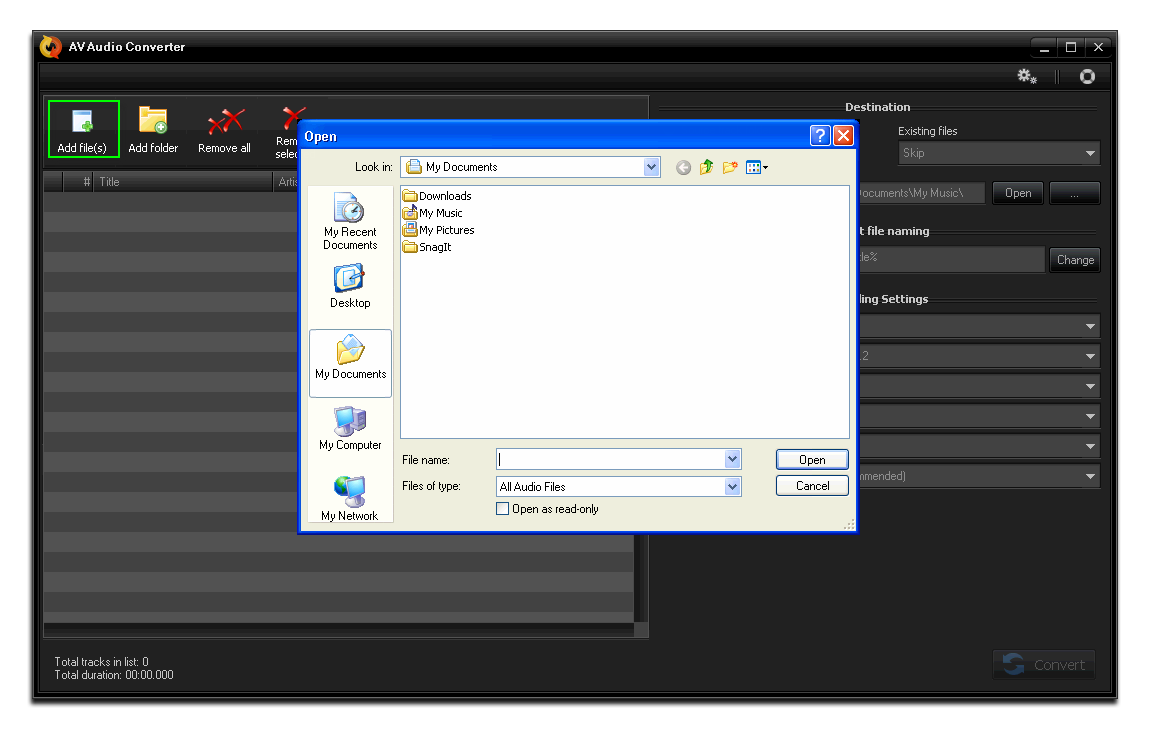
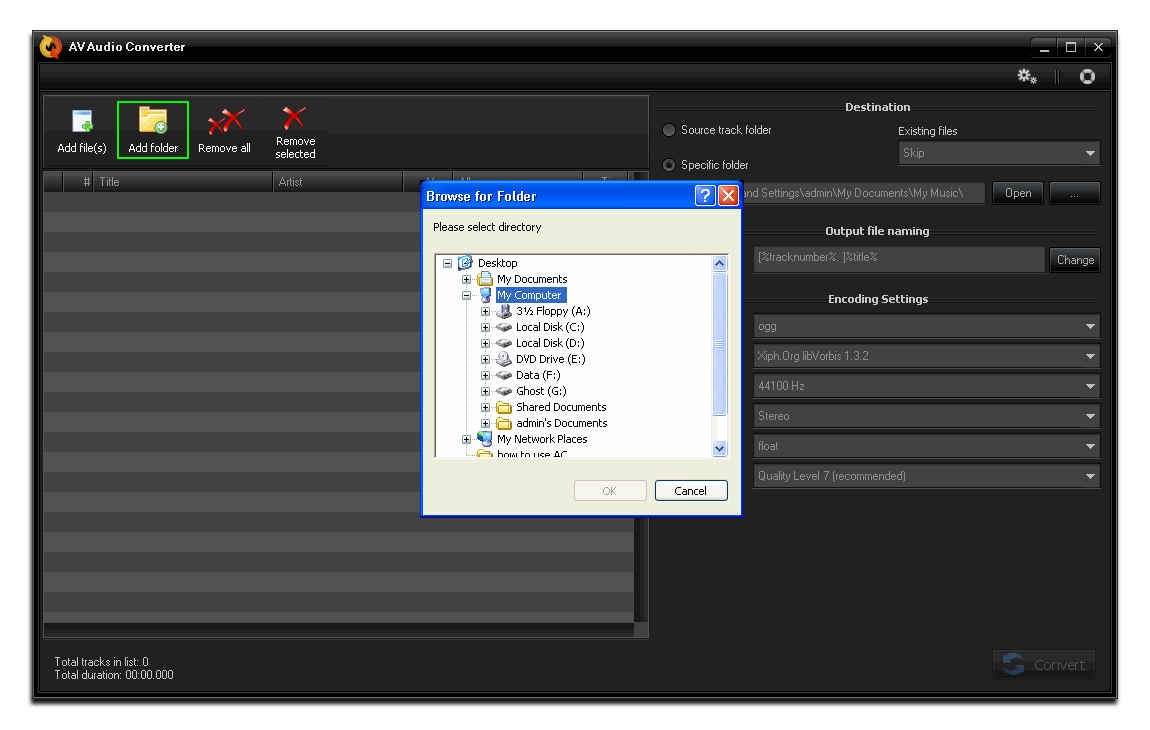
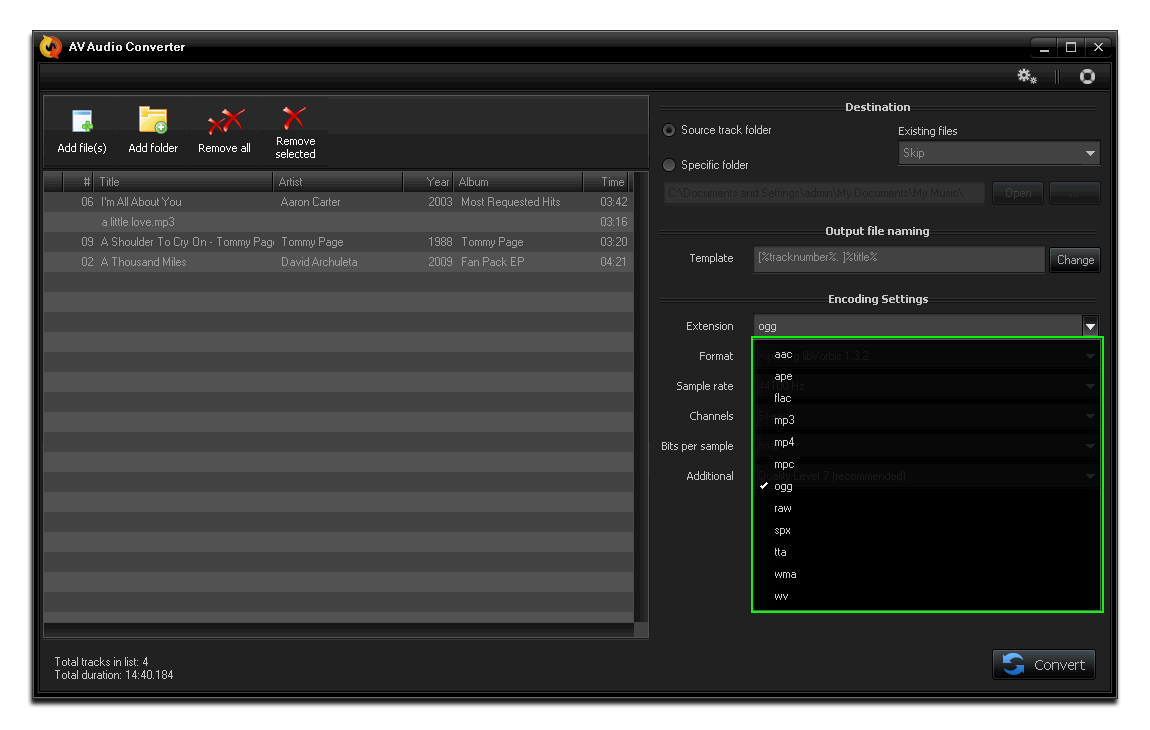
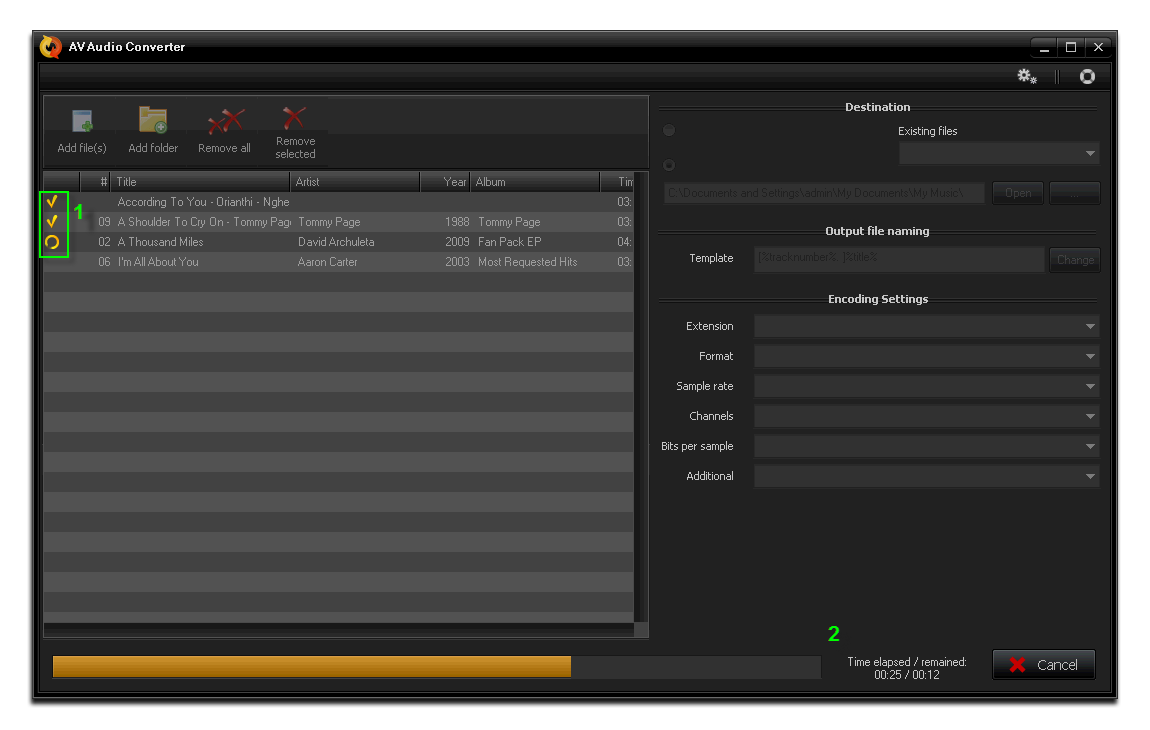
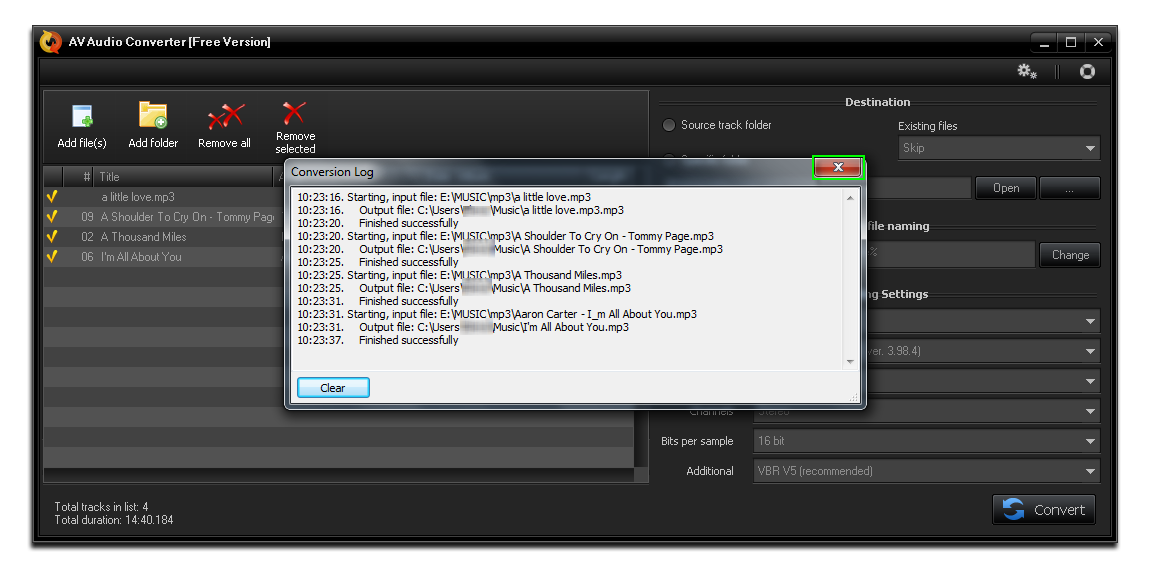
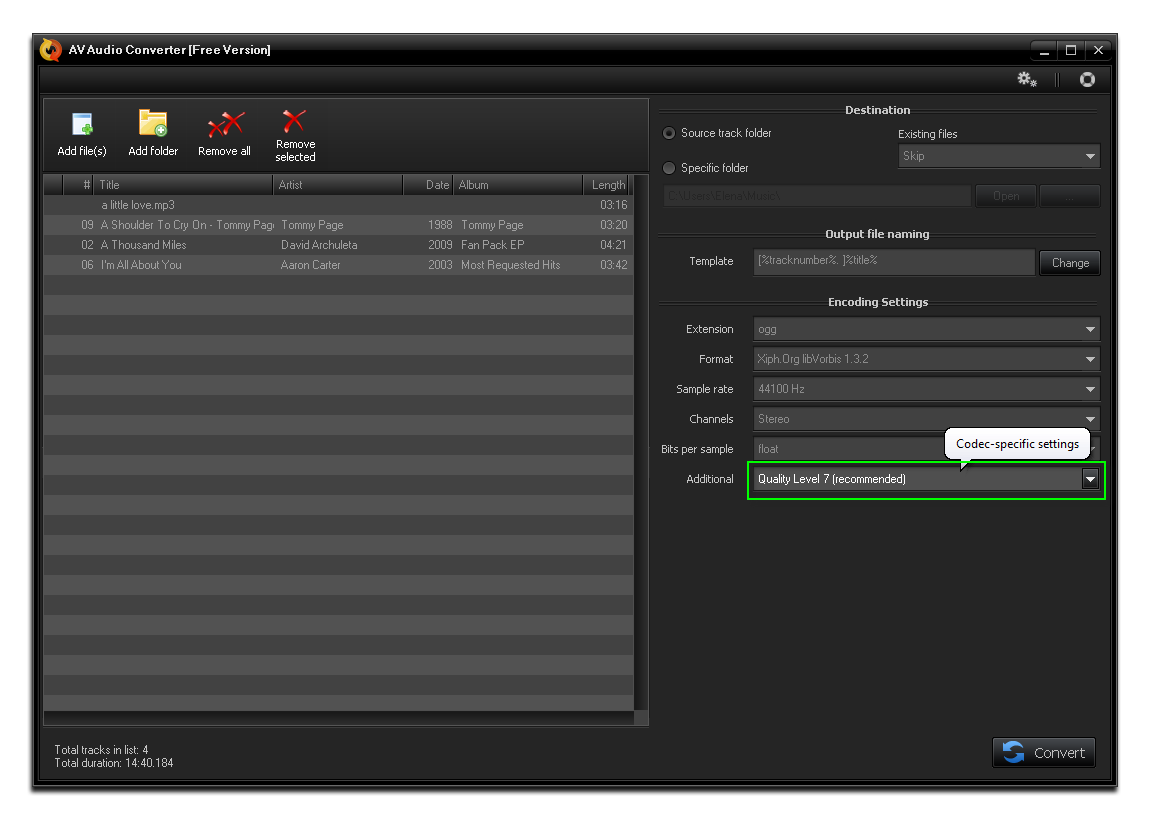
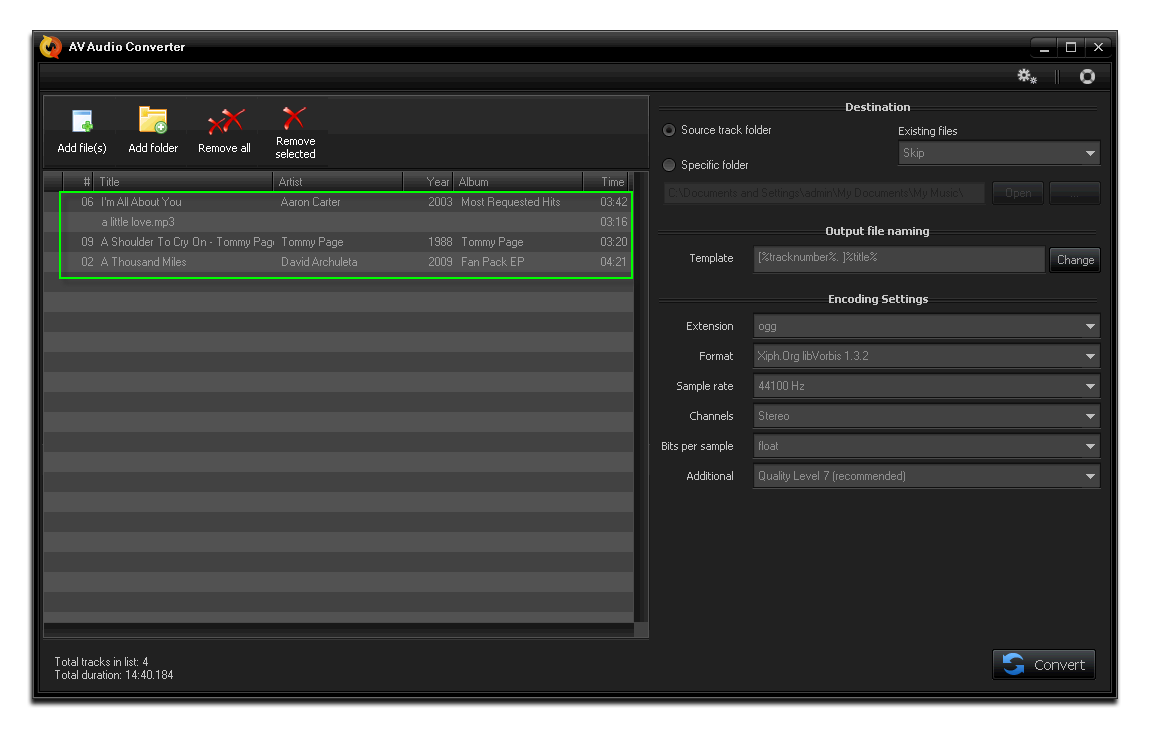




 If you are going to buy a new Windows 8 machine get it from Microsoft. If you're getting an Android tablet get it from Google. Of course you can only get iOS and OSX from an Apple product. Kindle and Nooks also fall into the category of owners of the store. There are so many devices, with so many choices. So why am I advocating buying devices from the people who own the stores on their machines? You can get the Kindle store on just about anything, and you will be able to have Microsoft's store on any Windows 8 machine. The answer is that the store is where the money is. But there is another reason that I will share with you in a moment.Microsoft, Apple, Amazon, Barns and Noble, and Google don't have to make a cent off of their hardware. What this means is that other companies who are producing computers or tablets have to make all of their money from the slim profit margins that they get from selling their hardware. The aforementioned companies don't have to make any money at all from selling their products. It's similar to Microsoft making their money off of games and services for the Xbox or Nintendo making their money from selling copies of Mario Cart. Bottom line you are going to get more hardware for your buck if you buy from the store owners.The other reason for buying from the maker of the store is that they are also the makers of their Operating System. If you make the OS and the hardware it runs on then it's most likely going to run better. Yes the Kindle and the Nook are based on Android but they have highly customized it to run on their devices. It's the same as Mac OSX being based on Free BSD then massively customized to work only on Apple hardware. All that being said it may explain why most Android phones seem clumsy compared to an iPhone. Yes Samsung has done a good job with Android but most really haven't. I would have no qualms at all about getting a Google phone with Android installed; I would bet it would run great.
If you are going to buy a new Windows 8 machine get it from Microsoft. If you're getting an Android tablet get it from Google. Of course you can only get iOS and OSX from an Apple product. Kindle and Nooks also fall into the category of owners of the store. There are so many devices, with so many choices. So why am I advocating buying devices from the people who own the stores on their machines? You can get the Kindle store on just about anything, and you will be able to have Microsoft's store on any Windows 8 machine. The answer is that the store is where the money is. But there is another reason that I will share with you in a moment.Microsoft, Apple, Amazon, Barns and Noble, and Google don't have to make a cent off of their hardware. What this means is that other companies who are producing computers or tablets have to make all of their money from the slim profit margins that they get from selling their hardware. The aforementioned companies don't have to make any money at all from selling their products. It's similar to Microsoft making their money off of games and services for the Xbox or Nintendo making their money from selling copies of Mario Cart. Bottom line you are going to get more hardware for your buck if you buy from the store owners.The other reason for buying from the maker of the store is that they are also the makers of their Operating System. If you make the OS and the hardware it runs on then it's most likely going to run better. Yes the Kindle and the Nook are based on Android but they have highly customized it to run on their devices. It's the same as Mac OSX being based on Free BSD then massively customized to work only on Apple hardware. All that being said it may explain why most Android phones seem clumsy compared to an iPhone. Yes Samsung has done a good job with Android but most really haven't. I would have no qualms at all about getting a Google phone with Android installed; I would bet it would run great. 

 Apple iPod Touch (5th generation, 32GB, black) Starting at$294.99 4.0 stars
Apple iPod Touch (5th generation, 32GB, black) Starting at$294.99 4.0 stars  SanDisk Sansa Clip Zip (blue, 4GB) Starting at$29.99 4.0 stars
SanDisk Sansa Clip Zip (blue, 4GB) Starting at$29.99 4.0 stars  Samsung Galaxy Player 4.2 (black) Starting at$187.93 3.5 stars
Samsung Galaxy Player 4.2 (black) Starting at$187.93 3.5 stars  Apple iPod Nano (seventh generation, blue) Starting at$149.00 3.5 stars
Apple iPod Nano (seventh generation, blue) Starting at$149.00 3.5 stars 



 Apple iPod Touch (4th generation, 32GB, black) Starting at$236.00 4.0 stars
Apple iPod Touch (4th generation, 32GB, black) Starting at$236.00 4.0 stars